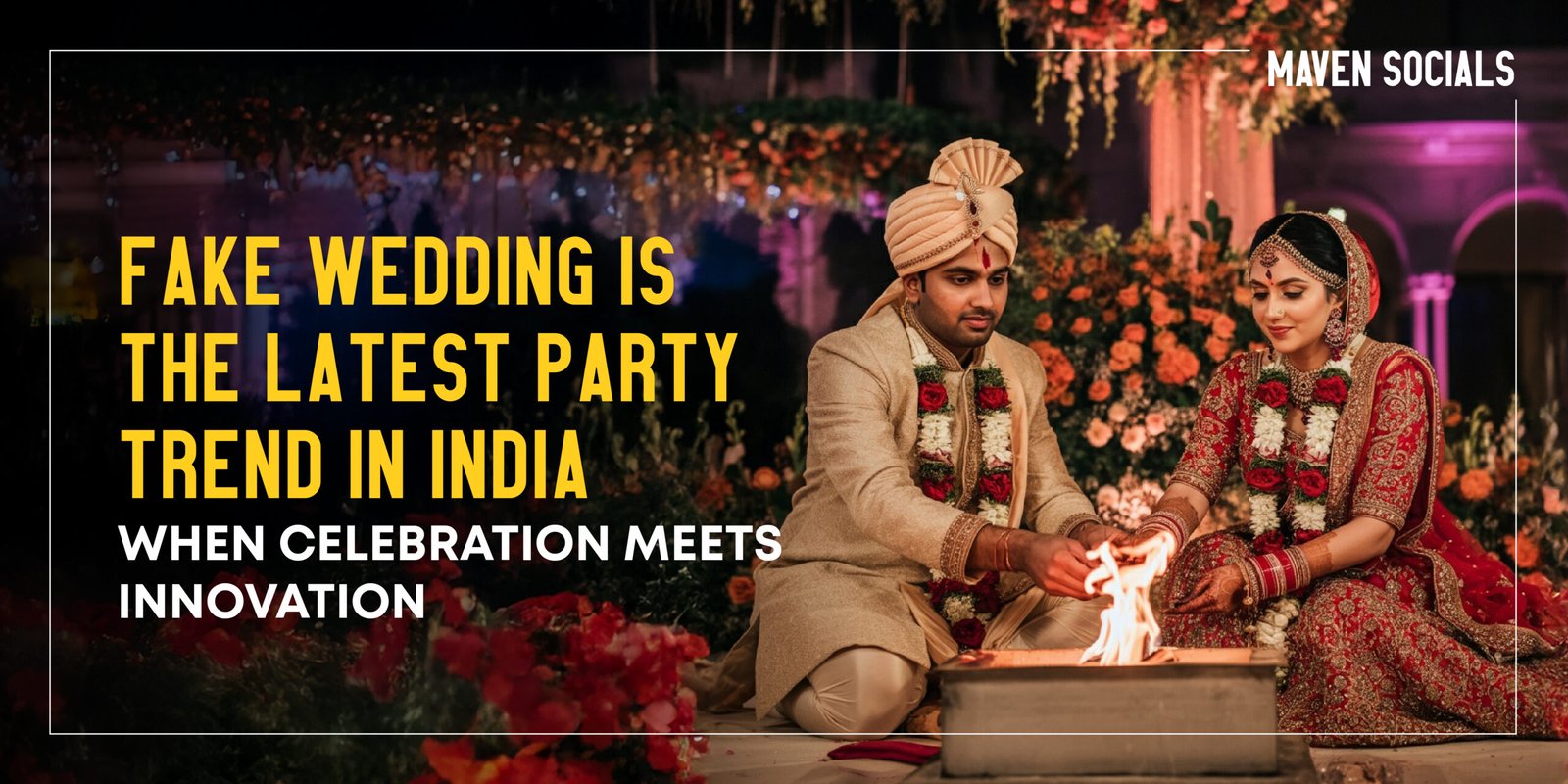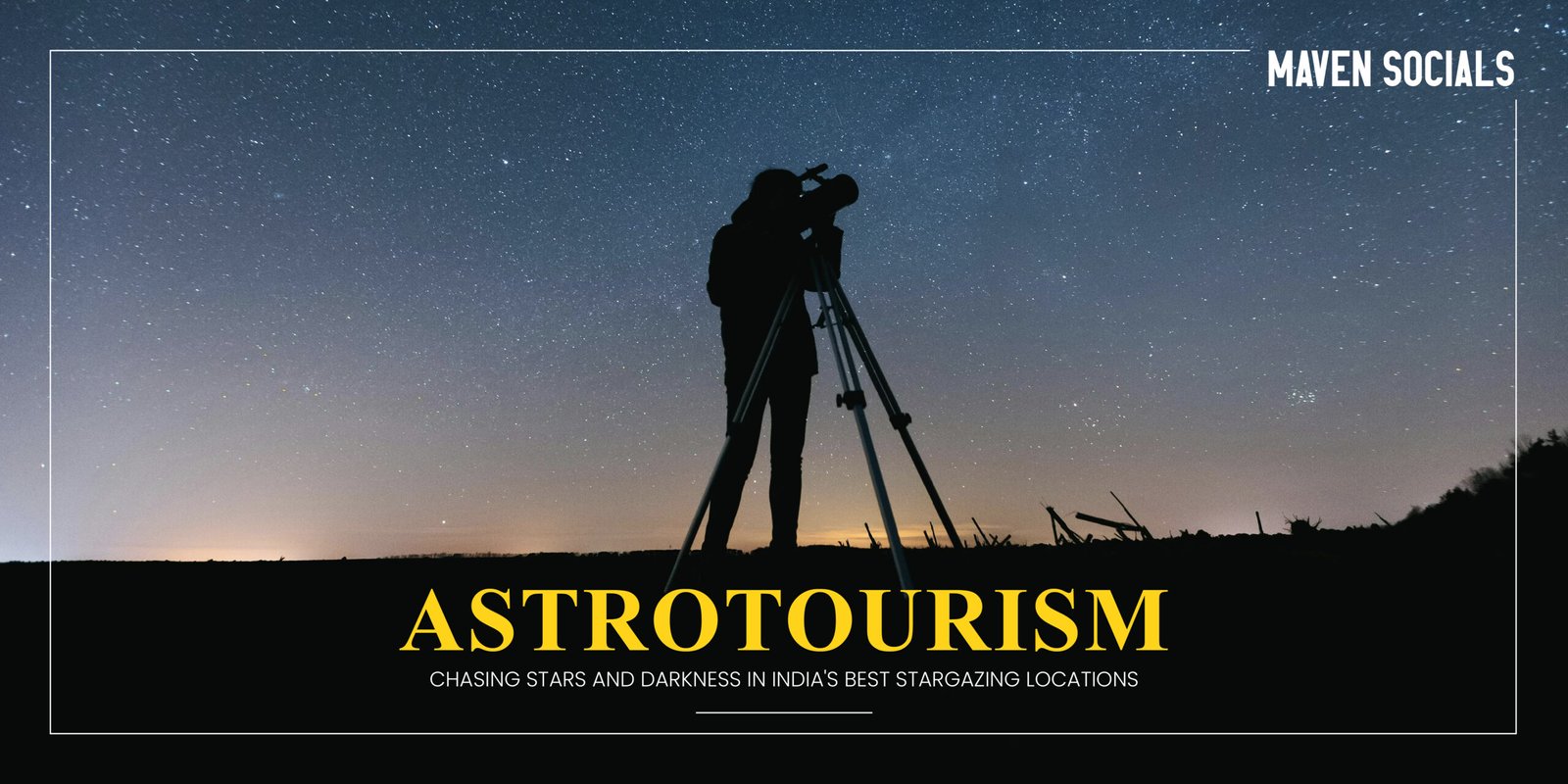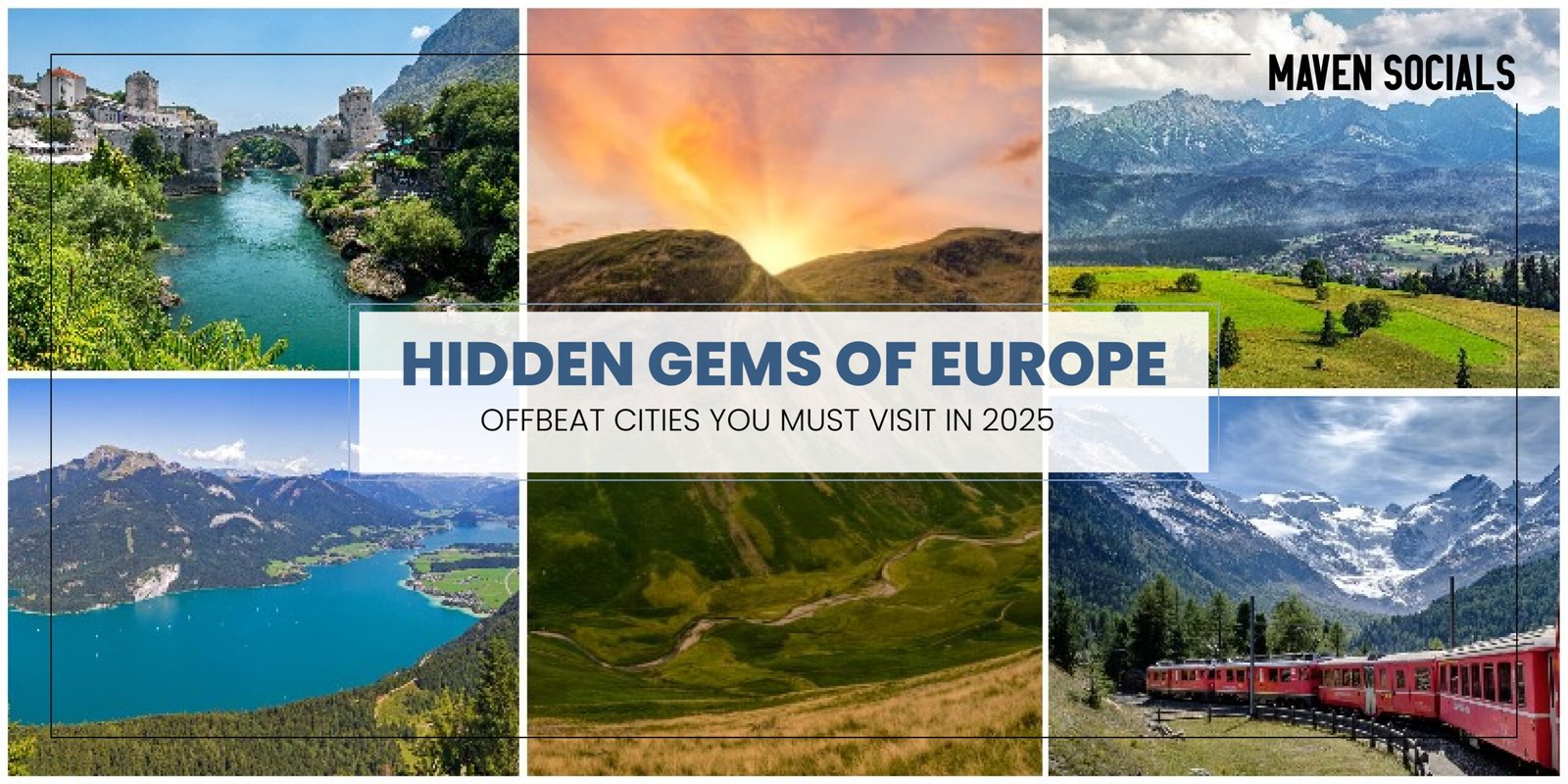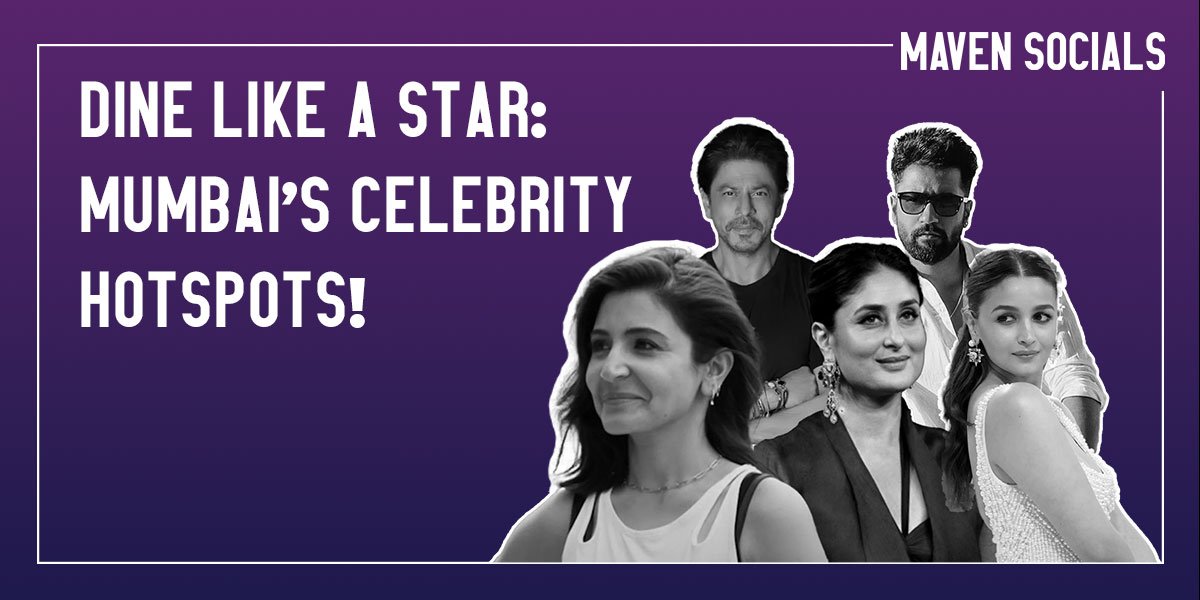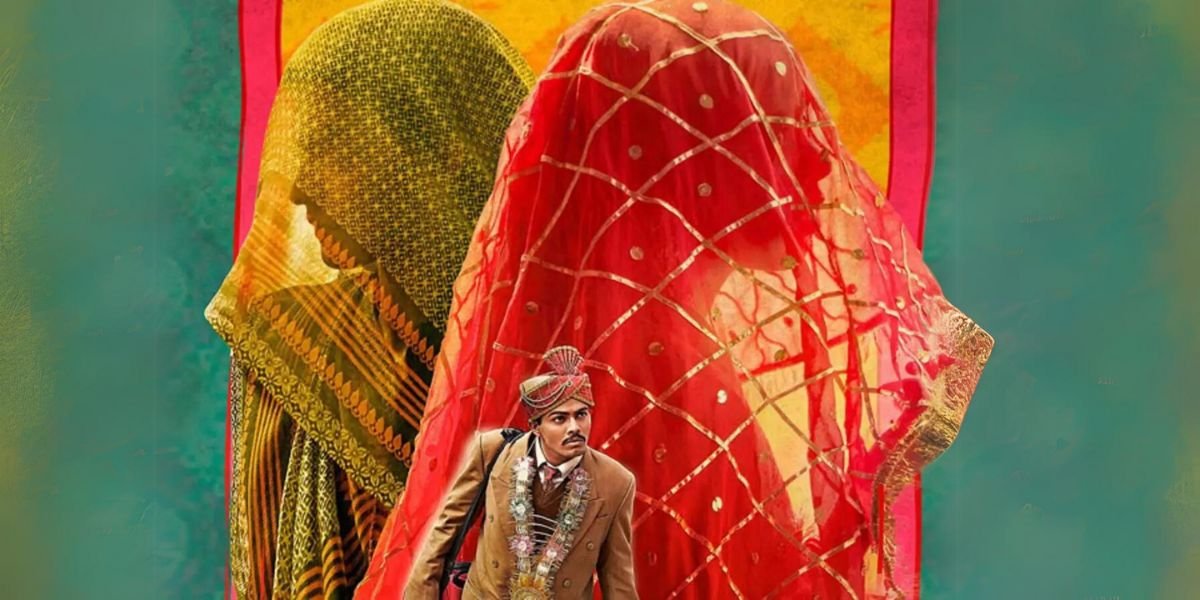In the ever-evolving landscape of Indian party culture, a revolutionary trend has emerged that’s capturing the imagination of urban youth across the country. The fake wedding party trend is redefining how Indians celebrate, combining the grandeur of traditional Indian weddings with the freedom of modern partying. Trending in 2025 as traditional milestones are delayed or redefined, fake weddings are becoming one of the most trending parties of 2025, marking a significant shift in how Gen Z and millennials approach celebrations.
Understanding the Fake Wedding Phenomenon
The fake wedding concept is exactly what it sounds like—a full-scale Indian wedding celebration complete with all the traditional rituals, ceremonies, and festivities, but conspicuously missing the actual bride and groom. These shaadi-themed events offer all the glamour and celebration of a traditional Indian wedding, minus the actual marriage. This innovative party format allows participants to experience the joy, excitement, and cultural richness of Indian weddings without the commitment, expense, or life-changing decisions typically associated with matrimony.
The fake shaadi trend represents more than just a quirky party idea; it’s a cultural phenomenon that reflects changing social dynamics in urban India. A fake shaadi is a party designed to mimic the full-blown experience of an Indian wedding, except the real couple, creating an entirely new category in India’s entertainment industry.
The Anatomy of a Fake Wedding Party
What makes these wedding-themed parties so authentic and appealing is their attention to detail. The party organizers ensure that every element of a traditional Indian wedding is meticulously recreated, from the ceremonial aspects to the entertainment components.
Key elements of a fake wedding include:
- Baraat-style entrances
- Choreographed sangeet performances
- Flower throws
- Mock varmala ceremonies
- A faux pandit
The dress code for fake weddings is strictly maintained to preserve authenticity. The dress code is strictly ethnic-wear — think saris, kurtas, sherwanis, lehngas — because it’s an Indian “wedding”. This requirement adds to the immersive experience, allowing party-goers to fully embrace the traditional wedding atmosphere while participating in this modern social experiment.
Geographic Spread: From Metro Cities to Tier-2 Towns
The fake wedding trend in India has witnessed remarkable geographic expansion since its inception. With Gen Z driving the trend, these gatherings have become a hit across major cities.
Cities where fake weddings are popular:
The Business Economics Behind Fake Weddings
The fake wedding business model represents a lucrative opportunity in India’s expanding event management industry. This adds up to the Indian wedding market, which as for FY24 is the second largest in the Indian Retail Market with its market size of over Rs 11 trillion.
Ticket pricing for fake weddings typically ranges from ₹1,200 to ₹2,500 per person, depending on the city, venue, and inclusions. This cost-effective celebration approach allows participants to experience the luxury and excitement of Indian weddings at a fraction of the cost of organizing or attending real weddings.
Fake wedding packages often include:
- Dinner
- Entertainment
- Photography
- Participation in all ceremonial activities
Cultural Impact and Social Commentary
The rise of fake wedding celebrations reflects broader changes in Indian society, particularly among urban millennials and Gen Z. Many urban millennials and Gen Z are now choosing curated experiences over traditional rituals. This shift represents a fundamental change in how young Indians approach cultural traditions and social celebrations.
The fake wedding phenomenon serves as social commentary on several contemporary issues:
- Rising marriage costs
- Delayed marriages due to career priorities
- Changing attitudes toward traditional commitments
Instagram culture and social media influence have played crucial roles in popularizing fake weddings. The events provide perfect opportunities for social media content creation, with participants sharing photos and videos that generate significant online engagement.
The Role of Technology and Social Media
Digital marketing has been instrumental in promoting fake wedding events. Social media platforms like Instagram, Facebook, and WhatsApp serve as primary channels for event promotion and ticket sales.
Event booking platforms and mobile applications have made it easier for interested participants to discover and register for fake wedding parties. The digital ticketing system allows for efficient event management and helps organizers track attendance and preferences for future events.
Influencer partnerships have become a standard marketing strategy for fake wedding organizers. Local lifestyle influencers and party enthusiasts often serve as brand ambassadors, sharing their experiences and encouraging their followers to attend similar events.
Generational Divide and Acceptance
The fake wedding trend highlights a notable generational divide in attitudes toward traditional celebrations. While Gen Z and younger millennials embrace these innovative party formats, older generations often express confusion or criticism about the concept.
Key generational differences include:
- Young adults see them as harmless fun celebrating Indian culture
- Parents and elders view them as mockery of sacred matrimonial traditions
- Urban areas embrace the trend more readily than traditional communities
Economic Implications for the Wedding Industry
The emergence of fake wedding services creates both opportunities and challenges for traditional wedding vendors. Photographers, decorators, caterers, and entertainment providers can tap into this new market segment, while wedding planners must adapt their services to accommodate non-traditional celebrations.
Benefits for vendors:
- New revenue stream during off-season periods
- Multiple events can be hosted in a single day
- Reduced service costs compared to actual weddings
- Market diversification opportunities
Innovation in Event Planning and Execution
The fake wedding format has spurred innovation in event planning and execution. Creative event designers are developing new concepts that blend traditional wedding elements with modern party features.
Innovative features include:
- Interactive ceremonies
- Gamified rituals
- Customizable experiences
- Live streaming options
- Virtual reality experiences
- Mobile apps for real-time interaction
Challenges and Criticisms
Despite its popularity, the fake wedding trend faces several challenges and criticisms. Cultural purists argue that fake weddings trivialize sacred matrimonial traditions and reduce meaningful ceremonies to entertainment spectacles.
Main challenges include:
- Managing guest expectations
- Maintaining authenticity while ensuring entertainment value
- Dealing with last-minute cancellations
- Market saturation concerns
- Competition intensification
Future Prospects and Evolution
This idea started gaining traction in late 2024, thanks to event curators like Jumma Ki Raat, indicating that the trend is still in its early stages with significant growth potential. Industry experts predict that fake weddings could evolve into a permanent fixture of India’s entertainment landscape.
Future opportunities:
- International expansion in countries with Indian diaspora
- Corporate integration for employee engagement
- Brand partnerships and sponsorship opportunities
- Themed variations and fusion formats
Conclusion: Celebrating Culture in New Ways
The “fake wedding” party trend represents a fascinating intersection of tradition and modernity in contemporary India. By allowing young Indians to engage with their cultural heritage while adapting to changing social and economic realities, fake weddings offer a unique solution to the desire for celebration without traditional constraints.
As this trend continues to evolve and spread across India, it reflects broader changes in how modern Indians approach cultural traditions, social celebrations, and community engagement. Whether fake weddings represent a temporary fad or a permanent shift in Indian party culture, they have undoubtedly created a new category of experiential entertainment that resonates with contemporary urban lifestyles.
The fake wedding phenomenon ultimately demonstrates the adaptability and creativity of Indian youth culture, proving that traditional celebrations can be reimagined and revitalized for new generations while maintaining their essential cultural significance and emotional impact.
